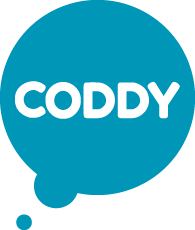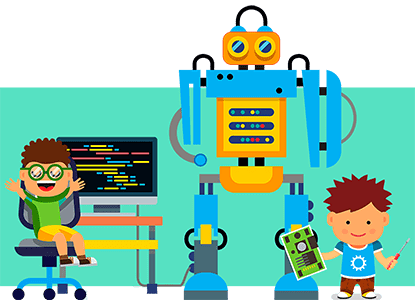“Attendance is up by 15%, and course conversion rates have increased by 20%!” Sounds great on paper, doesn’t it? But what do these numbers really tell us about the students?
A Story That Made Us Rethink
During a meeting of CODDY branch managers, we were celebrating impressive key performance metrics. Then a parent sent a long email sharing how her son had lost interest in programming after just a few lessons.
That letter changed how we view education quality.

Why You Can’t Rely on Numbers Alone
Here’s what statistics reveal:
- Group sizes.
- Completion rates.
- Average achievement scores.
But here’s what the numbers miss:
- Students’ real engagement levels.
- Their emotional well-being.
- The depth of their understanding.
How We Shifted Our Approach
At CODDY, we’ve made it a priority to focus on what truly matters—the individual experiences and needs of each child.
1. Genuine Conversations
“I set aside five minutes at the end of each lesson just to chat with the kids. I ask what they enjoyed and what they found challenging,” shares a CODDY teacher.
2. Consistent Parent Interaction
We hold meaningful discussions, not just formal meetings, to talk about:
- Their child’s progress.
- Personal interests.
- Any struggles their child is facing.
3. Observing the Learning Process
Sometimes a student might earn top scores in class but still not fully grasp the material. Observing these nuances requires more than just looking at grades.

Real Stories, Real Solutions
Michael’s Journey
The data showed that Michael excelled academically. Yet, in class, he seemed disengaged. After speaking with him, we realized he craved more creative problem-solving tasks. We adapted the curriculum, and he’s now one of our most enthusiastic students.
The Group Project Challenge
Our stats indicated that teamwork on a project went smoothly. However, individual check-ins revealed that not all children were equally engaged. This insight helped us refine our group teaching methodologies.
How We Gather Real Feedback
To make sure every child’s voice is heard, here’s what we do:
- Regular one-on-one chats with students.
- Informal parent meetings to build rapport.
- Observational evaluations during lessons.
- Analyzing student projects for deeper insights.
- Collaborative discussions among teaching staff.

What This Approach Has Achieved
Tangible Results:
- Improved student engagement.
- Higher rates of course completion.
- Better-tailored programs for individual needs.
Intangible but Crucial Changes:
- Happier students who genuinely enjoy learning.
- Stronger relationships with parents based on trust.
- A deeper understanding of concepts among students.









